Aluminum Revolutionizes Tesla Structural Repair Techniques

Aluminum is a key material in Tesla structural repair due to its lightweight strength, corrosion res…….
In the rapidly evolving automotive industry, Tesla has emerged as a pioneer, not just in electric vehicles (EVs) but also in advanced structural design and repair techniques. Tesla structural repair is a cutting-edge field that involves the specialized restoration and reinforcement of vehicle bodies, ensuring their structural integrity while incorporating modern technology. This comprehensive article aims to explore every facet of Tesla structural repair, from its foundational concepts to its global impact, technological innovations, and future potential. By delving into this topic, we will provide valuable insights for industry professionals, enthusiasts, and anyone curious about the intricate world of automotive engineering.
Definition: Tesla structural repair is a specialized process focused on repairing and strengthening the chassis and body panels of Tesla vehicles. It involves a meticulous approach to restoring the structural integrity of the vehicle after damage, ensuring safety and performance. This art combines traditional craftsmanship with modern technological advancements, such as advanced materials and computer-aided design (CAD).
Key Components:
Inspection and Assessment: The process begins with a thorough inspection of the damaged vehicle. Certified technicians utilize diagnostic tools to identify the extent of the damage, assess structural integrity, and plan the repair strategy.
Material Selection: Choosing the right materials is crucial. Tesla structural repairs often involve high-strength steels, advanced composites, and lightweight alloys to enhance durability and performance. These materials are selected based on their mechanical properties and compatibility with modern manufacturing processes.
Reparation Techniques: Repairs can range from simple welding and body panel replacement to complex laser cutting and 3D printing for precise reproduction of original parts. Modern tools and techniques ensure minimal distortion, maintaining the vehicle’s original design intent.
Computer-Aided Design (CAD) and Simulation: CAD software plays a pivotal role in Tesla structural repair. Engineers use it to create detailed digital models, simulate various scenarios, and predict the behavior of structures under stress, ensuring optimal repairs.
Welding and Joining: Skilled welders employ advanced welding techniques to join components accurately. This step is critical for maintaining structural integrity and minimizing weight, contributing to improved vehicle dynamics.
Historical Context: The concept of structured repair has evolved over time, driven by advancements in materials science and manufacturing technology. While traditional methods have been used for decades, the Tesla approach represents a significant shift with its focus on lightweight, high-performance materials and precision engineering. This modern take on structural repair aligns perfectly with Tesla’s mission to accelerate the world’s transition to sustainable energy.
Tesla structural repair has left an indelible mark on the global automotive landscape, sparking trends and inspiring innovation across regions. Here’s a glimpse into its international influence:
North America: The United States and Canada have been at the forefront of embracing Tesla’s structural repair methods due to their advanced manufacturing capabilities and early adoption of electric vehicles. Companies specializing in this field are growing, driven by the demand for high-quality repairs and the need to support the expanding fleet of EVs on the road.
Europe: European countries, known for their stringent safety standards, have embraced Tesla’s structural repair philosophy. Countries like Germany and the UK have become hubs for developing advanced repair techniques, combining traditional automotive expertise with modern innovations. The European Union’s focus on sustainability further drives the adoption of these methods to reduce the environmental impact of vehicle repairs.
Asia Pacific: This region, home to some of the world’s largest automakers, is witnessing a surge in Tesla structural repair capabilities. Countries like Japan and South Korea are renowned for their precision engineering, and they are applying these skills to Tesla vehicle repairs. The growing popularity of EVs in China has also spurred local companies to invest in structured repair technologies.
Global Trends: Several global trends shape the future of Tesla structural repair:
The economic implications of Tesla structural repair are multifaceted, impacting various sectors:
Market Size and Growth: The global structural repair market is substantial and growing rapidly due to the increasing adoption of EVs. According to a recent report by ResearchAndMarkets, the market size was valued at USD 263.5 billion in 2021 and is projected to reach USD 437.9 billion by 2028, indicating a CAGR of 7.2%. Tesla’s impact on this market is significant, as its specialized repair techniques capture a niche but lucrative segment.
Investment and Job Creation: The industry attracts substantial investment, with companies pouring funds into research and development (R&D) to enhance structural repair technologies. This investment drives job creation, especially in skilled labor positions, such as welders, technicians, and engineers.
Supply Chain Impact: Tesla structural repair has implications for the supply chain, including raw material suppliers, manufacturing partners, and aftermarket parts distributors. The demand for advanced materials and specialized tools creates new business opportunities along the supply chain.
Cost Analysis: Repairing a Tesla vehicle involves specialized skills and technology, which can impact costs. However, long-term studies suggest that structured repair, by extending vehicle lifespan and improving safety, can lead to cost savings compared to frequent replacements.
Tesla has been at the forefront of technological breakthroughs in structural repair, revolutionizing traditional practices:
Advanced Materials: Tesla utilizes cutting-edge materials like high-strength steel alloys (e.g., 700Mpa) and advanced composites (carbon fiber reinforced polymers), offering exceptional strength-to-weight ratios. These materials are critical for achieving lightweight structures, enhancing fuel efficiency, and improving overall vehicle performance.
3D Printing: This additive manufacturing process has gained traction in Tesla structural repair for complex geometries and precise replication of original parts. 3D printing allows for on-demand production, reducing waste and enabling rapid prototyping. It is particularly useful for rare or custom components.
Laser Cutting and Welding: High-precision laser cutting technology ensures accurate material removal and intricate designs. Lasers are also used for welding, providing strong and precise bonds, which is especially valuable in repairing delicate body panels.
Digital Twin Technology: Tesla employs digital twins, virtual replicas of physical vehicles, to simulate repair processes. This technology allows engineers to test various scenarios, optimize repairs, and predict structural behavior before actual implementation.
AI and Machine Learning: Artificial intelligence (AI) enhances the efficiency of structural repair by automating certain tasks and improving quality control. Machine learning algorithms can analyze vast data sets to identify patterns, predict failures, and optimize repair strategies.
The landscape of Tesla structural repair is shaped by various policies and regulations that ensure safety, environmental sustainability, and consumer protection:
Safety Standards: Strict safety standards govern vehicle repairs worldwide, with organizations like the National Highway Traffic Safety Administration (NHTSA) in the US and similar bodies in Europe and Asia setting guidelines. These standards dictate the quality and integrity of structural repairs, ensuring passenger safety.
Environmental Regulations: Many countries have implemented regulations to promote sustainable practices in automotive repair. These include using environmentally friendly materials, minimizing waste, and adhering to strict emissions standards during manufacturing processes.
Consumer Protection Laws: Consumer protection acts safeguard the rights of vehicle owners, mandating transparent pricing, quality assurance, and dispute resolution mechanisms for structural repairs.
Industry Certifications: Companies specializing in Tesla structural repair often seek certifications like ISA (International Standards Organization) or ISO (International Organization for Standardization) to demonstrate compliance with quality management systems.
Despite its many advantages, Tesla structural repair faces challenges and criticisms that require strategic solutions:
Skill Gap: The specialized nature of Tesla repairs requires highly skilled technicians, which can lead to a shortage of qualified professionals. Addressing this gap through training programs and educational initiatives is essential.
Cost Concerns: Specialized repairs may be perceived as expensive, especially for owners of older or less valuable vehicles. Educating customers about the long-term benefits and cost savings associated with structured repair can help alleviate these concerns.
Access to Technology: Advanced technologies like 3D printing and laser cutting are not universally accessible, creating a potential barrier to entry for smaller repair shops. Incentives and knowledge-sharing programs can encourage the adoption of these technologies.
Environmental Impact: While Tesla promotes sustainability, the manufacturing processes involved in advanced materials and digital production have their environmental footprint. Continuous efforts to minimize waste and energy consumption are necessary to make structural repair truly eco-friendly.
A leading automotive repair center in California successfully repaired a severely damaged Tesla Model S body panel using advanced composite materials. The team utilized 3D printing to create a custom patch that matched the vehicle’s original specifications precisely. This method not only restored the car’s structural integrity but also preserved its sleek, modern design. The case study highlighted the effectiveness of combining traditional craftsmanship with modern technology.
In Germany, a specialized Tesla repair shop demonstrated the precision of laser welding in repairing a Model 3 chassis that suffered from severe corrosion. The process involved cutting away the damaged area and meticulously welding a new section, ensuring maximum strength and minimal distortion. This case study showcased the versatility and reliability of laser technology in structural repairs.
A Tesla enthusiast in Japan modified his Model X using digital twin technology. By creating a virtual model of the vehicle, he could simulate various design changes and ensure structural integrity before implementing them physically. This case study illustrated how digital tools enable both manufacturers and enthusiasts to explore new possibilities in structural repair and customization.
The future of Tesla structural repair is filled with promising opportunities and emerging trends:
Advanced Materials Research: Ongoing research aims to develop even lighter and stronger materials, pushing the boundaries of what’s possible in vehicle construction. Graphene, for example, has shown promise as a super-strong and lightweight material.
Autonomous Repair Robots: The advent of autonomous robots could revolutionize structural repair, enhancing efficiency and precision. These robots can handle repetitive tasks, allowing human technicians to focus on complex repairs.
Cloud-Based Collaboration: Cloud computing enables real-time collaboration among global experts, fostering knowledge sharing and remote problem-solving. This trend will further accelerate innovation in Tesla structural repair.
Sustainable Focus: The industry is expected to embrace more eco-friendly practices, including the use of recycled materials and closed-loop manufacturing processes, aligning with Tesla’s environmental ethos.
Personalized Repair Services: As customization becomes more prevalent, structured repair services will cater to individual preferences, offering tailored solutions for unique vehicle modifications.
Tesla structural repair has emerged as a transformative force in the automotive industry, bridging the gap between cutting-edge technology and sustainable practices. Its global impact is evident in the adoption of advanced materials, digital tools, and precision engineering techniques. As Tesla continues to shape the future of transportation, structured repair will play a pivotal role in ensuring the safety, performance, and longevity of its vehicles.
By addressing economic considerations, technological advancements, policies, and challenges, this article has provided a comprehensive overview of Tesla structural repair. The case studies highlight the practical applications that drive innovation, while the future prospects paint a captivating picture of what lies ahead. As we navigate the evolving automotive landscape, Tesla structural repair stands as a testament to humanity’s ability to combine art, science, and technology for a better, more sustainable future.
Q: What makes Tesla structural repair different from regular car body repairs?
A: Tesla structural repair focuses on restoring the structural integrity of Tesla vehicles using advanced materials and digital technologies. It goes beyond conventional body work to ensure the vehicle’s overall safety, performance, and longevity, especially in the context of electric vehicles with unique design and engineering considerations.
Q: Are there any environmental benefits to Tesla structural repair?
A: Absolutely! Tesla promotes sustainability through its structured repair methods. The use of advanced materials, digital manufacturing, and efficient processes reduces waste and energy consumption compared to traditional repairs. Additionally, promoting the longevity of vehicles through structured repair contributes to a more circular economy.
Q: How do I know if my Tesla needs structural repair?
A: If you notice any signs of damage, such as dents, cracks, or deformities in your Tesla’s body panels or chassis, it’s essential to have it inspected by certified Tesla technicians. They will perform a thorough assessment and recommend the necessary repairs to ensure the vehicle’s safety and performance.
Q: Can Tesla structural repair restore a damaged vehicle to its original condition?
A: In many cases, yes. Tesla’s specialized repair techniques aim to match the vehicle’s original specifications precisely. However, severe damage or extensive modifications might limit the level of restoration achievable. Certified technicians will provide an honest assessment and recommend the best course of action.
Q: Is it expensive to get my Tesla repaired using structural repair methods?
A: The cost can vary depending on the extent of the damage and specific repair techniques required. While specialized repairs may be more expensive, long-term benefits include improved safety, better performance, and potentially longer vehicle lifespan, which can offset the initial cost. Transparent pricing and detailed estimates from certified Tesla repair centers are essential.

Aluminum is a key material in Tesla structural repair due to its lightweight strength, corrosion res…….
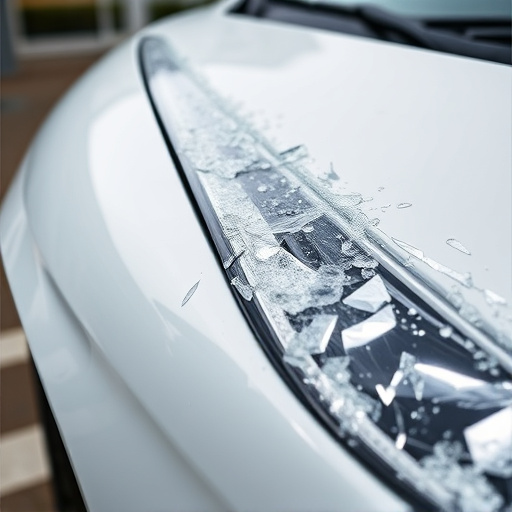
Tesla structural repair for roof panel and pillar damage is crucial for both safety and vehicle valu…….
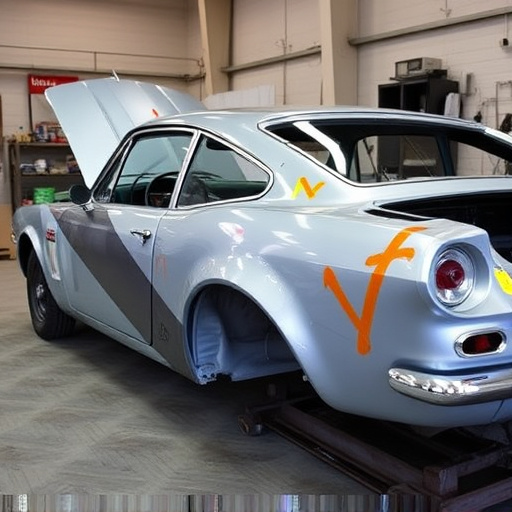
Tesla structural repair requires specialized knowledge and tools due to advanced materials and intri…….
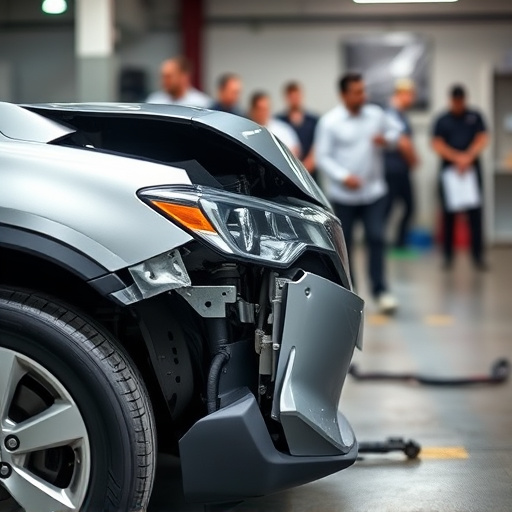
Tesla structural repair prioritizes safety and aesthetics through stringent standards, authorized fa…….

Tesla structural repair is vital for maintaining vehicle safety and performance. Skilled technicians…….

Tesla structural repair requires specialized care with certified collision centers adhering to stric…….
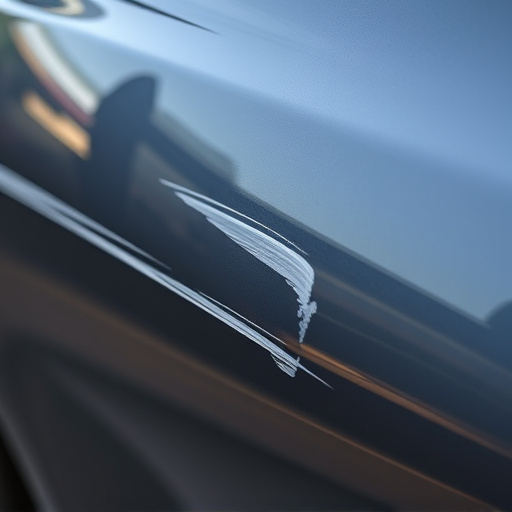
Tesla vehicles require attention to structural integrity due to common issues like weather damage, c…….
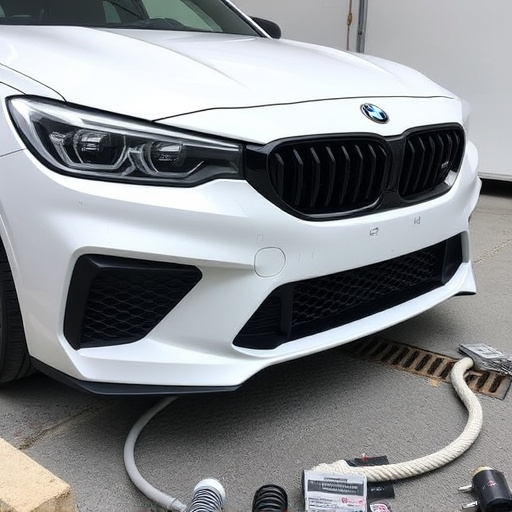
Tesla structural repair after side-impact crashes requires advanced diagnostics, skilled technicians…….